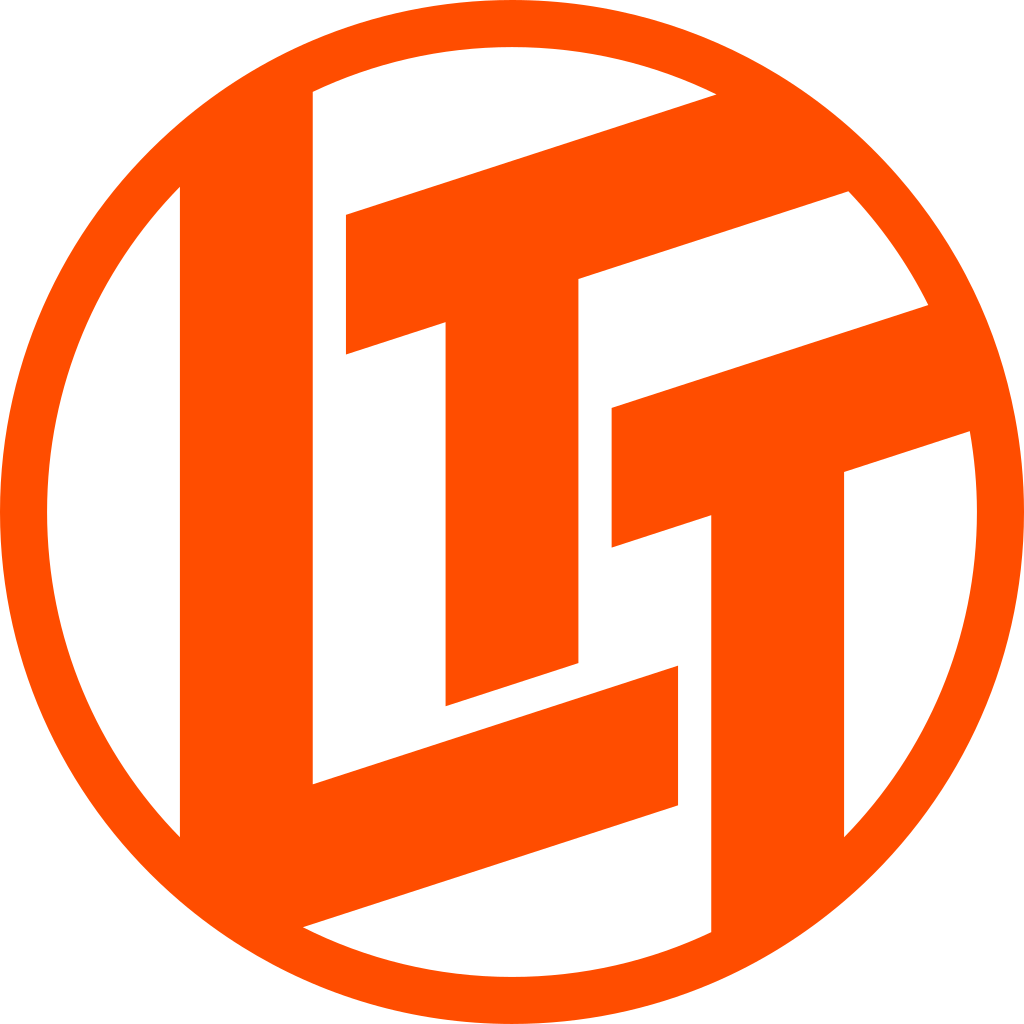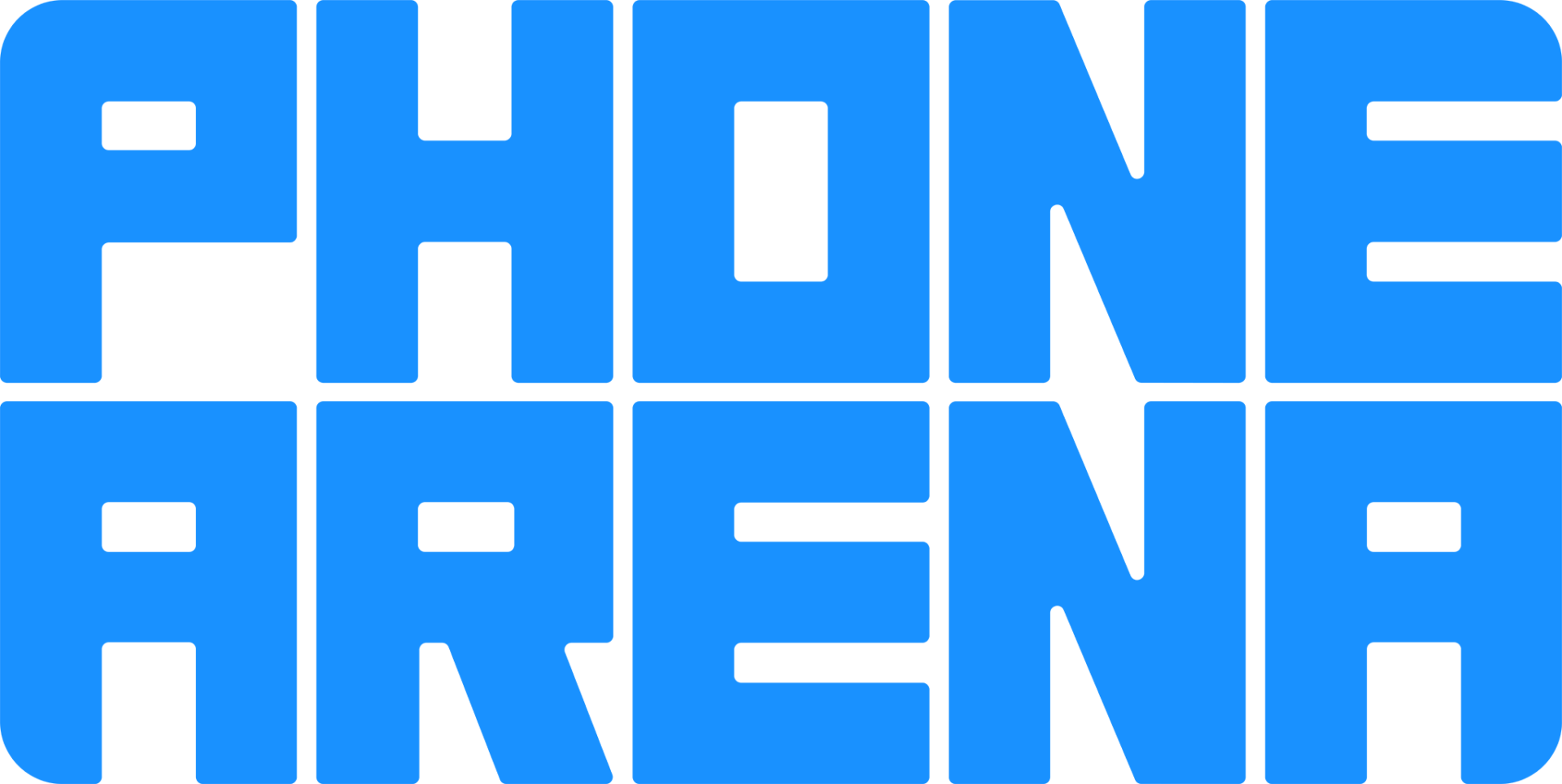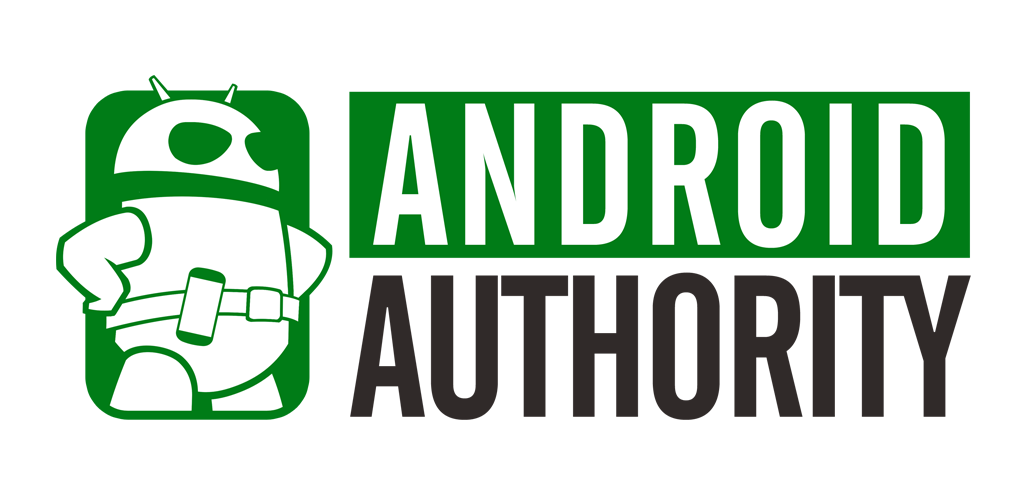A comparison of specs, key information, reviews, and best pricing from top retailers
Last updated -- hours ago | Report incorrect information
What we think

The PerfectRec TV team Learn more
Updated January 10, 2024·
If you prioritize peak brightness and contrast, especially for HDR content, the Hisense U8G is the better option. It's more suited to watching movies in a dark room, but its performance might fall short in a very bright room due to reflections. On the other hand, the LG NANO90 offers wider viewing angles and slightly better reflection handling, making it more appropriate for sports and TV shows in brighter environments. For gaming, both have similar input lag and support 4K at 120Hz, but the Hisense U8G has a slight edge in responsiveness. Give Feedback
this description is based on the product variant with some specs and product variant with some specs. At the time of writing, the variant with some specs cost some dollars and the variant with some specs cost some dollars.
Advantages of the Hisense U8G (LCD)
- Very good for bright room
- Good for dark room
- Very good for movies & TV
- Very good for news, talk, & other TV
- Very good for cartoons & animation
Advantages of the LG NANO90 (LCD)
- Good motion processing
Key differences
Picture Quality
8.0


6.1
7.63/10
CONTRAST
5.28/10
7.7/10
COLOR VOLUME SCORE
6.6/10
LED FALD
PANEL TYPE
LED FALD
VA
PANEL SUB-TYPE
IPS
The Hisense U8G (LCD) has very good picture quality, while the LG NANO90 (LCD) has only fair picture quality.
Movies & TV
8.0


5.6
7.63/10
CONTRAST
5.28/10
7.2/10
BLACK UNIFORMITY
5.3/10
7.5/10
UPSCALING
7.5/10
Yes
HDR10 SUPPORT
Yes
Yes
HDR10+ SUPPORT
No
Yes
DOLBY VISION SUPPORT
Yes
The Hisense U8G (LCD) is very good for movies & TV, while the LG NANO90 (LCD) is poor.
The Hisense U8G is very good for watching movies and cinematic TV due to its high contrast ratio and effective local dimming, which enables deep blacks and a better picture in dark scenes. In contrast, the LG NANO90 struggles in this area with a lower contrast ratio and less effective local dimming, leading to grayer blacks and a less immersive viewing experience for movies and cinematic content.
Cartoons & Animation
8.6


5.6
8.1/10
COLOR GAMUT SCORE
6.5/10
7.7/10
COLOR VOLUME SCORE
6.6/10
8.8/10
SDR BRIGHTNESS SCORE
7.8/10
9.0/10
COLORS OUT OF THE BOX SCORE
4.3/10
6.4/10
GRAY UNIFORMITY
5.9/10
The Hisense U8G (LCD) is very good for cartoons & animation, while the LG NANO90 (LCD) is poor.
The Hisense U8G is very good at displaying cartoons and animation due to its excellent colors out of the box and a very good color gamut, which means the images will be vibrant and true to life. In contrast, the LG NANO90 exhibits poor performance with colors out of the box and only a fair color gamut, resulting in less accurate and less vivid colors for animated content.
News, Talk, & Other TV
8.6


6.4
8.8/10
SDR BRIGHTNESS SCORE
7.8/10
7.5/10
UPSCALING
7.5/10
The Hisense U8G (LCD) is very good for news, talk, & other TV, while the LG NANO90 (LCD) is only fair.
The Hisense U8G performs better for watching news and TV programs primarily due to its very good SDR brightness and excellent color accuracy straight out of the box, ensuring a bright and vibrant display even in various lighting conditions. In contrast, while the LG NANO90 is also decent in these regards, it falls short with only good SDR brightness and poorer color accuracy initially, which may require adjustments for an optimal viewing experience.
Bright Room
8.9


6.9
5.3/10
VIEWING ANGLE
6.3/10
8.8/10
SDR BRIGHTNESS SCORE
7.8/10
8.4/10
HDR BRIGHTNESS SCORE
7.2/10
8.6/10
REFLECTIONS SCORE
8.0/10
The Hisense U8G (LCD) is very good for bright room, while the LG NANO90 (LCD) is only fair.
The Hisense U8G performs better in bright rooms because its SDR and HDR brightness levels are very good, and it handles reflections very well, ensuring clarity even when ambient light is present. On the other hand, the LG NANO90, while still handling reflections very well, only has good SDR and HDR brightness, which makes it less ideal than the Hisense U8G in bright viewing conditions.
Cost
$971


$1,719
$500
$1,000
$1,500
$2,000
$2,500
$3,000
The Hisense U8G (LCD) has a price of $971 and the LG NANO90 (LCD) costs $1,719.

Let Us Help Find Your Perfect TV
Find your new TV
Key similarities
Sports
6.4


6.8
3.9/10
MOTION PROCESSING
7.5/10
120Hz
REFRESH RATE
120Hz
7.6/10
INPUT LAG SCORE
8.7/10
7.5/10
UPSCALING
7.5/10
8.8/10
SDR BRIGHTNESS SCORE
7.8/10
Yes
HLG SUPPORT
Yes
The LG NANO90 (LCD) and Hisense U8G (LCD) are both only fair for sports.
The Hisense U8G handles reflections better, making it more suitable for rooms with many light sources, while the LG NANO90 has less motion blur during fast-paced scenes which is important for sports. However, both TVs may disappoint when it comes to viewing angles, meaning the picture quality could degrade when viewed from the side, an important consideration if you often watch sports with a group.
Gaming
8.3


8.0
8.1/10
RESPONSE TIME SCORE
7.6/10
7.6/10
INPUT LAG SCORE
8.7/10
3.9/10
MOTION PROCESSING
7.5/10
80.0/100
GAMING LOCAL DIMMING
50.0/100
8.6/10
GAME HDR BRIGHTNESS SCORE
7.6/10
The Hisense U8G (LCD) and LG NANO90 (LCD) are both very good for gaming.
The Hisense U8G excels in gaming with a fast response time and low input lag which are crucial for quick on-screen action, while the LG NANO90 also provides a strong gaming performance with very low input lag but has a slightly slower response time compared to the Hisense U8G. Both TVs support a 120Hz refresh rate which ensures smooth motion for fast-paced games.
Give feedback
We’re constantly working to improve.
How the Hisense U8G (LCD) and the LG NANO90 (LCD) compare to other TVs
Spec Comparison
| Hisense U8G (LCD) | LG NANO90 (LCD) |
GENERAL | |||
|---|---|---|---|
| Price | |||
$971 | $1,719 | ||
Brand | |||
Brand | Hisense | LG | |
Release Date | |||
Release Date | May 2, 2021 | March 2, 2021 | |
Full name | |||
Full name | 65U8G | 65NANO90 | |
Screen Size | |||
Screen Size | 65" | 65" | |
Screen Resolution | |||
Screen Resolution | 4K | 4K | |
TV FEATURES | |||
|---|---|---|---|
Operating System | |||
Operating System | Android TV | webOS | |
Sound Quality Score | |||
Sound Quality Score | 7.5/10 | 6.4/10 | |
NextGen Ready | |||
NextGen Ready | No | No | |
HDMI Ports | |||
HDMI Ports | 4 | 4 | |
Coax Ports | |||
Coax Ports | 1 | 1 | |
DISPLAY QUALITY SCORES | |||
|---|---|---|---|
Picture Quality Score | |||
Picture Quality Score | 8.1/10 | 6.1/10 | |
Bright Room Score | |||
Bright Room Score | 8.9/10 | 7/10 | |
Gaming Score | |||
Gaming Score | 8.3/10 | 8/10 | |
Movies & TV Score | |||
Movies & TV Score | 8.1/10 | 5.6/10 | |
Sports Score | |||
Sports Score | 6.4/10 | 6.8/10 | |
PHYSICAL | |||
|---|---|---|---|
Dimensions w/o Stand (H x W x D) | |||
Dimensions w/o Stand (H x W x D) | 33.1" x 57.1" x 4.1" | 33" x 57.2" x 1.8" | |
Dimensions with Stand (H x W) | |||
Dimensions with Stand (H x W) | 35.6" x 57.1" | 35.6" x 57.2" | |
Weight without Stand | |||
Weight without Stand | 53.4 lbs | 62.2 lbs | |
VESA Mount | |||
VESA Mount | 400 x 400 | 400 x 400 | |
DISPLAY | |||
|---|---|---|---|
Color Depth | |||
Color Depth | 10 bit | 10 bit | |
Black Frame Insertion | |||
Black Frame Insertion | Yes | Yes | |
Auto Low Latency Mode | |||
Auto Low Latency Mode | Yes | Yes | |
Contrast | |||
Contrast | 7.6/10 | 5.3/10 | |
Local Dimming | |||
Local Dimming | 8/10 | 5.2/10 | |
SOUND | |||
|---|---|---|---|
Speaker Setup | |||
Speaker Setup | 2.0 | 2.2 | |
Speaker Power | |||
Speaker Power | 20 W | 40 W | |
Dolby Atmos | |||
Dolby Atmos | Yes | Yes | |
DTS:X | |||
DTS:X | Yes, Bypass only | No | |
Shopping
LG NANO90 (LCD)
See more
Dig into reviews and images
Techradar
John Archer | July 2021
"Here we have HDR pictures that look bright, but also manage to typically hit decently deep black levels.WebOS continues, though, to be one of the easiest to use. Connections are strong for a mid-range TV. Native 4K pictures look crisp and detailed."
Get a great deal on the Hisense U8G (LCD) or the LG NANO90 (LCD)
About Hisense
Hisense, a Chinese TV manufacturer, entered the US market in approximately 2011 and has since acquired TV divisions from various companies such as Toshiba, Sharp, Hitachi, and NEC. Currently ranking as the fourth largest vendor in terms of sales volume, Hisense aims to capture a wide range of TV budget segments. They offer exceptional value with TVs that often outperform their competitors at similar price points, making them a compelling choice for consumers. In the US, they use Google TV as their smart TV software which provides the largest app selection and a very modern user interface, however it is not as user friendly as the software from other vendors.
About LG
LG, a prominent TV brand from Korea, has played a significant role in popularizing OLED TVs. OLED technology is hailed as the future of TV technology. Their TVs employ WebOS, a proprietary smart TV software that not only offers seamless functionality but also includes gaming-specific features, earning praise from players worldwide. Often regarded as the gateway to unparalleled viewing experiences, LG's mid-range OLEDs come highly recommended, making them a worthwhile investment for those willing to stretch their budget for superior quality.
Give feedback
We're constantly perfecting our model
TV guides you might be interested in
More comparisons for you
FAQs
FAQs about TVs
Why trust us
This information was produced and vetted by the PerfectRec TVs team. We are a product research and recommendation organization that meticulously reviews and evaluates the latest TV information and makes it digestible for you.
By the numbers
385
TVs evaluated
33,110
TVs stats compiled
21
Proprietary TVs ratings developed
133,830
Recommendations made
20,075
Consumer hours saved
About the TV team
Joe Golden, Ph.D
CEO and TVs Editor
Joe is an entrepreneur and lifelong electronics enthusiast with a Ph.D in Economics from the University of Michigan.
Jason Lew
Staff Expert & Software Engineer
Jason is a staff expert and software engineer that has been making laptop recommendations for 7 years and moderates one of the largest laptop subreddits.
Chandradeep Chowdhury
Staff Expert & Software Engineer
Chandradeep is a staff expert and software engineer and expert in televisions and monitors. He’s been making monitor recommendations for ten years.
Jaime Roldán
TVs Expert
Jaime is a Colombia-based TV expert. He is an electronics engineer with 8 years of experience in the telecom sector and has been making TV recommendations for 12 years.







